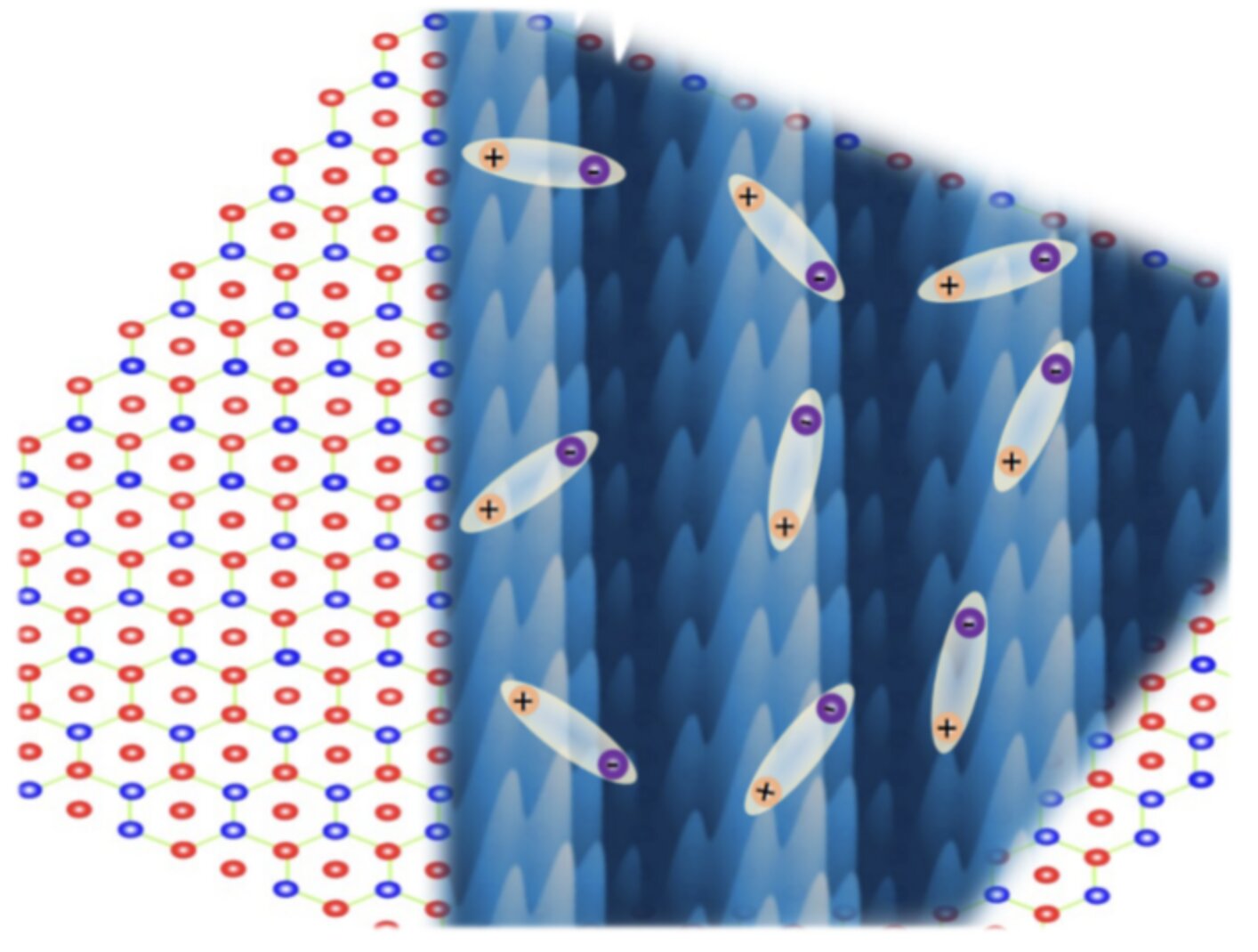When excitons condense with non-zero momentum, it can lead to the creation of charge density waves (CDW), resulting in a new quantum phase known as an excitonic insulator. The formation of CDW in materials has various mechanisms, and identifying the existence of an excitonic insulator requires the exclusion of other CDW formation mechanisms, according to Peng Chen, the corresponding author of the paper.
Previous research on two-dimensional transition metal dichalcogenides revealed evidence of lattice distortion, but it may not be the primary driving force in these materials. To further explore this phenomenon, researchers turned their attention to thin films of HfTe2, where they successfully observed CDW and a metal-insulator transition, supported by phonon calculations.
Calculations indicated that single-layer HfTe2 does not exhibit structural instability, and Raman and X-ray diffraction measurements did not reveal significant lattice distortions, providing strong evidence for the electronic origin of the metal-insulator transition in single-layer HfTe2.
2024-02-11 02:00:04
Post from phys.org



















